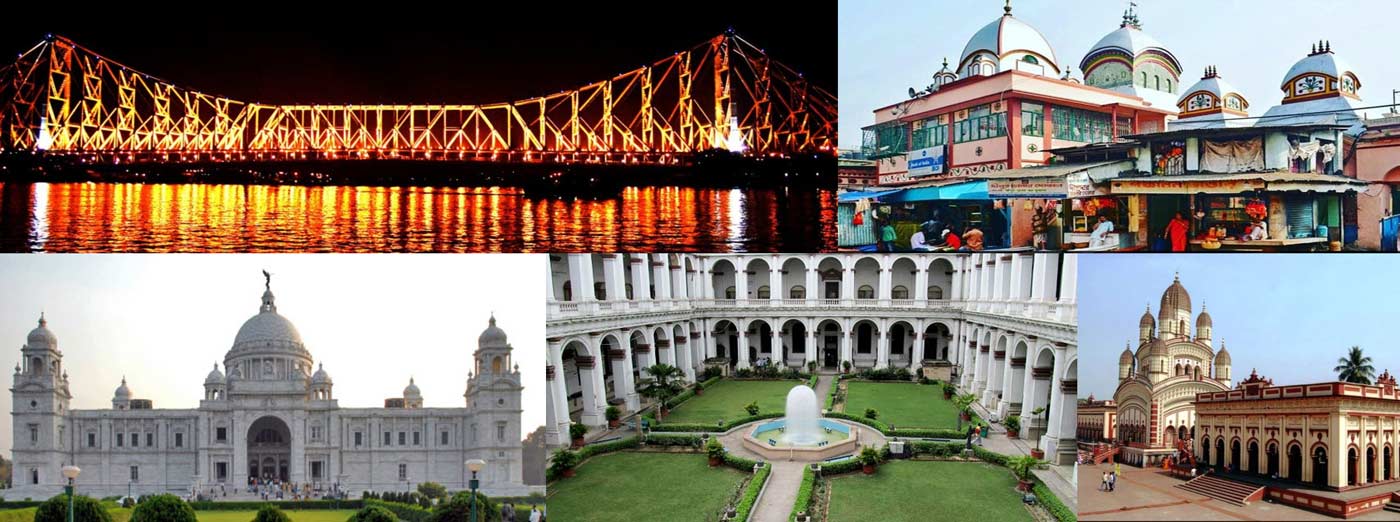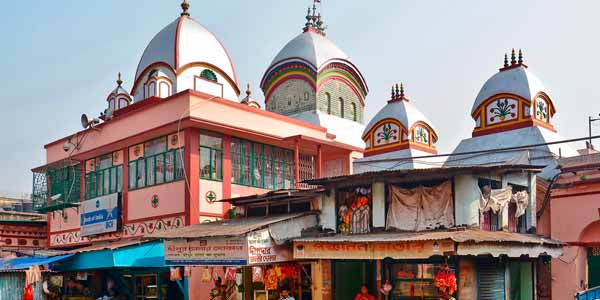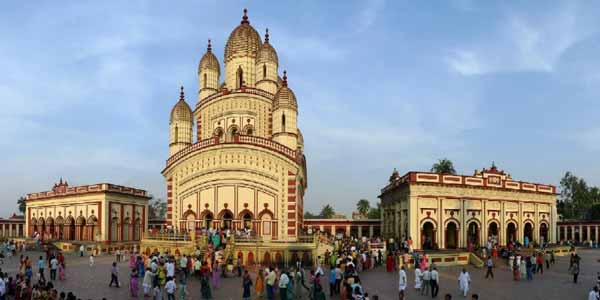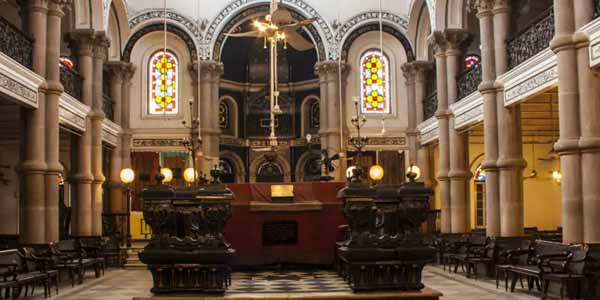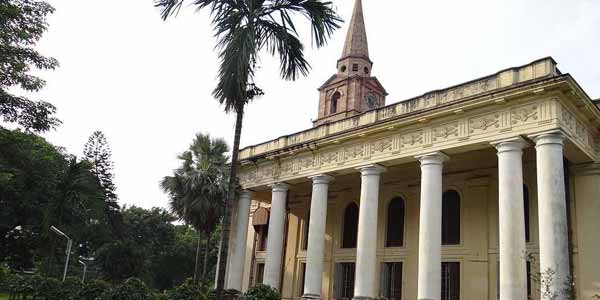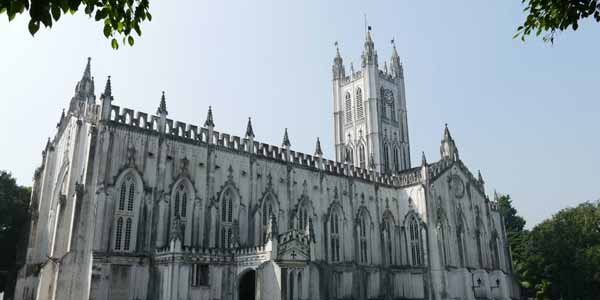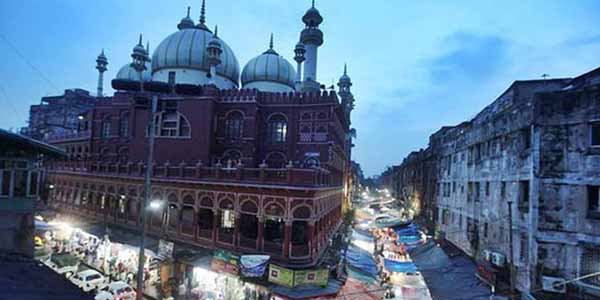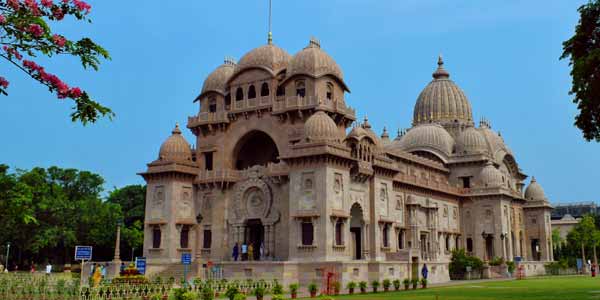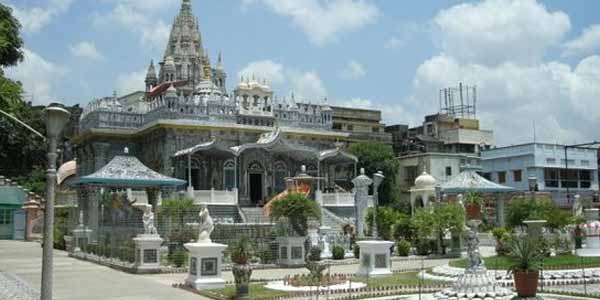
Magen David Synagogue
“Are you sure that’s a Synagogue?” Jewish Israeli tourist Or Tovi sounded skeptical as we crossed the road. “It has a clock tower; I think it’s a Church. I have never seen a Synagogue which looks like this”. But once he set foot inside, his skepticism changed to open-mouthed awe. “I have never seen a Synagogue so beautiful. There is nothing like this in Israel.” Such is the magic of Calcutta’s Maghen David, the grandest Synagogue in the East.
Judaism was probably the first foreign religion to arrive in India. The first Jews came to Cochin more than 500 years before the birth of Christ. By contrast, the first Muslims came almost a thousand years later. The majority of Jews in India settled around the ports of Bombay, Cochin and Calcutta. The majority of Calcutta’s Jews came from Baghdad, but there were some who came from Aleppo in Syria, and from the Isfahan region of Iran. There was even a small Bene Israel community in Calcutta at one point. The first Jew to settle in Calcutta, in 1798, was Shalom Aharon Obadiah ha-Cohen. Born in Aleppo in 1762, Cohen had arrived in Surat and 1792, and moved to Calcutta from there. Shalom Aharon Obadiah ha-Cohen was a jeweler, and in 1816 he became the court jeweler of the Muslim ruler Ghāzī al-Dīn Ḥayḍar and his son at Lucknow. He was eventually joined in Calcutta by members of his family, and as more and more Jews moved to the city, by the early 1800’s Calcutta had a thriving Jewish community. While there numbers may have diminished dramatically over the years, their legacy, in terms of Calcutta’s built heritage, lives on.
Now, while most books or sites will tell you that Calcutta had two or perhaps three Synagogues, she infact had five, of which three survive. The first of these was the Neveh Shalom, dating back to 1831, and rebuilt in 1911. Next came Beth El in 1856. This was followed by the Maghen David in 1884, the Beth Ha Knesset on Blackburn lane in 1897 (which later became the Maghen Aboth) and finally the Sha’are Rason in 1933. Aline M. Cohen, General Secretary of Jewish Community Affairs in Calcutta says, “the site where Neveh Shalom and Maghen David now stand, a fairly large plot of land, was bought at some point of time and there was house on it, and that house was being used as a Beth Knesset”. This peculiarity is something I was completely unaware of. As it turns out, one does not need a Synagogue to be built to worship. Any large hall may be used for the purpose. In Hebrew the term Beth Knesset or Beth Ha Knesset simply means house of assembly. So, while this house on the property on the corner of Brabourne Road and Canning Street was not a purpose built Synagogue, it was being used as one, and this came to be known as the Neveh Shalom. “Now as the community grew, and Beth El was established, people realized that Beth El was not large enough for the entire congregation. They decided to demolish this building and build a large Synagogue in its place”. This new Synagogue came to be known as the Maghen David, which means the shield or star, of David.
Built on a grand scale in 1884 at the sole expense of Elias David Joseph Ezra, Maghen David took the place of the old Neveh Shalom. Externally, it is in the Calcutta Renaissance style. The clock tower is 42 metres high and the clock used to chime with 5 peals every quarter hour. But it is the interior that stuns visitors. The floor has black and white checkered tiles in some places and colourful mosaic in others. There is a large stained glass rose window right above the door. In the centre of the hall is the pulpit, where the Rabbi would be, and this is one crucial difference between a Church and a Synagogue. At one end of the hall, where one would find an altar had it been a Church, is a raised platform, with a half dome and three curtained doors. Behind the doors, are Torah scrolls; holy artifacts, they are not for public display. The Beth El and the Maghen David at one point had a fine collection of Torah scrolls, but as the community left the city, the scrolls travelled with them, mostly to Israel. Some have gone to the UK and USA. Only 4 remain in Calcutta now, two each in Maghen David and Beth El.
The half dome I was talking about earlier is dark blue in colour and has golden stars painted on it, perhaps to imitate the heavens. Wooden stairs on the left and right of the door lead visitors up to a gallery, with seating arrangements for the ladies of the congregation. Originally lit by gas, the Synagogue now has electric lights, and a most excellent set of chandeliers. As you walk around, if you are observant, you will find that much of the glass used in the lampshades comes from Belgium. This was my first encounter with “Belgian glass”, which in any Bengali family, is the stuff of legends. For those interested in photography, ask the caretakers to turn on all the lights for you. It creates a most attractive warm hue that makes for fantastic photographs. On your way in, our out, do note the many plaques next to the door. One of them is to a Calcutta Jewish RAF pilot, named Sonny Solomon. Killed in action during WWII, his grave may still be located in France.
Those caretakers are another other oddity unique to Calcutta’s Synagogues; they are all Muslim. While in the Middle East Muslims and Jews aren’t what one would call on good terms, here in Calcutta, the relationship has been smooth and unproblematic. India, and especially Calcutta, is a place where the Jews, throughout their long sojourn, have never experienced anti-Semitism. They have also never had a Rabbi except for a short period in the 50's. Prayers were led by learned men, known as "Hacham". The only exception was when Ezekiel Musleah, a Calcutta born Jew, travelled to the USA and became an ordained Rabbi in 1952. He came back to Calcutta to serve the congregants of Maghen David for the next 12 years.
Religious Places in Calcutta
Religious Places in Calcutta, India’s second-largest city, located on India’s Eastern Coast, boasts of being an artistic, cultural and intellectual capital of the country. Its streets and bylanes are vivid, hectic, chaotic, and yet, brimming with life and creativity, and soaked in layers of heritage and culture. The city served as the erstwhile capital of the British empire before the government was shifted to Delhi, and thus features a unique touch of its royal past lingering in every nook and cranny. The metropolitan city is famous for its vibrant cultural and historical places and ethnicity and is a divine hub for innumerable temples, many of which are extensive pilgrimage sites.
 +91 9799050299
+91 9799050299 